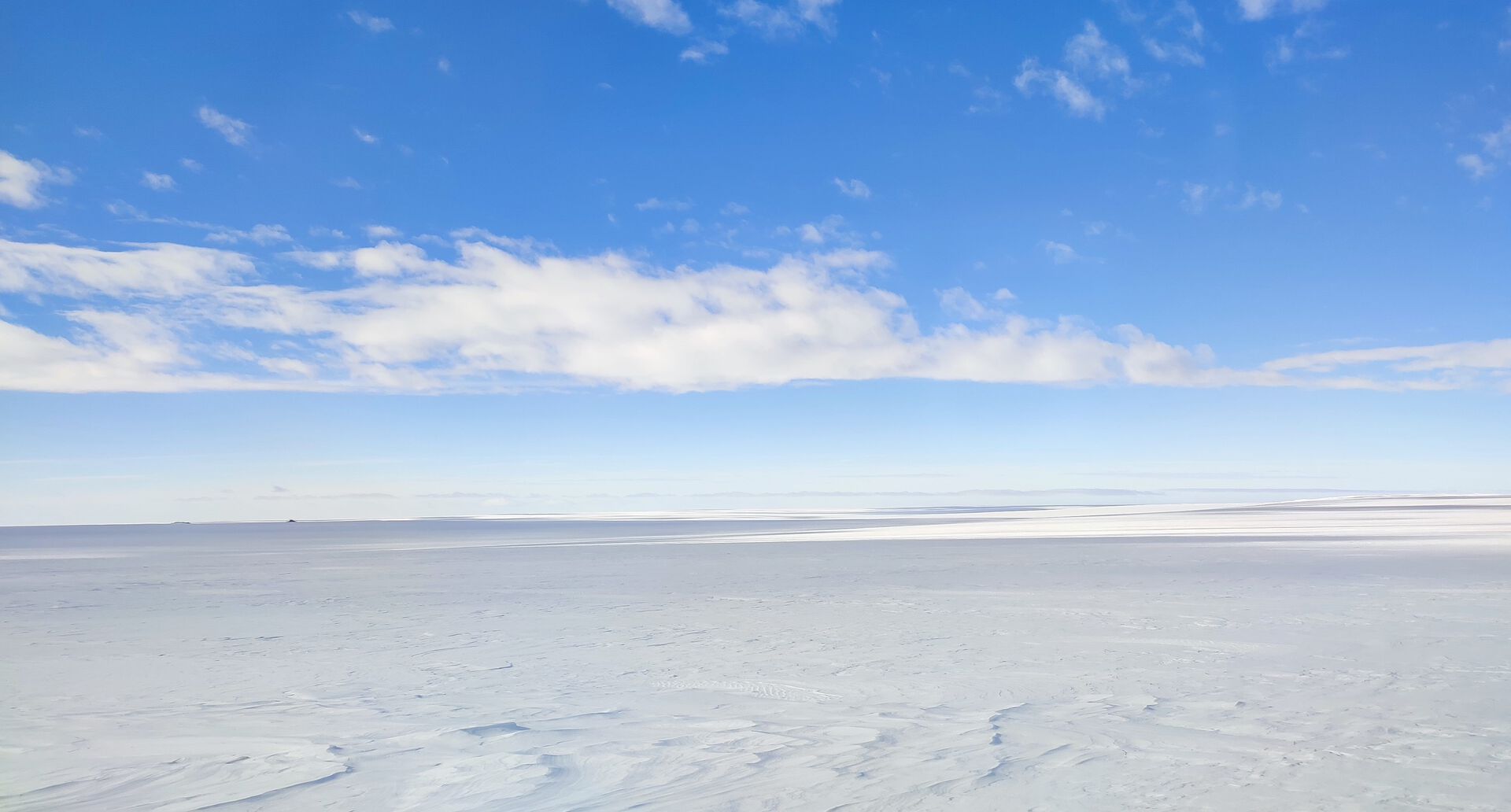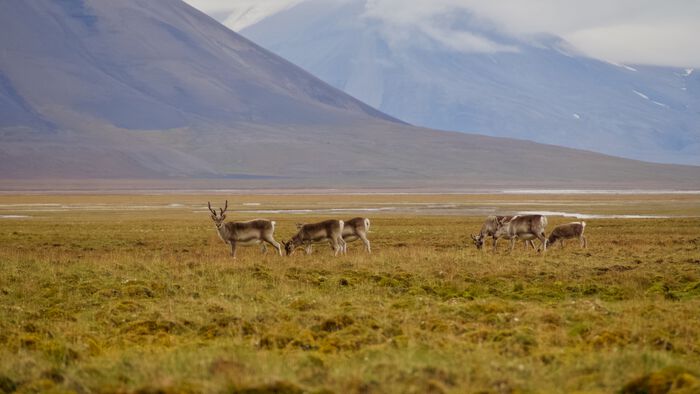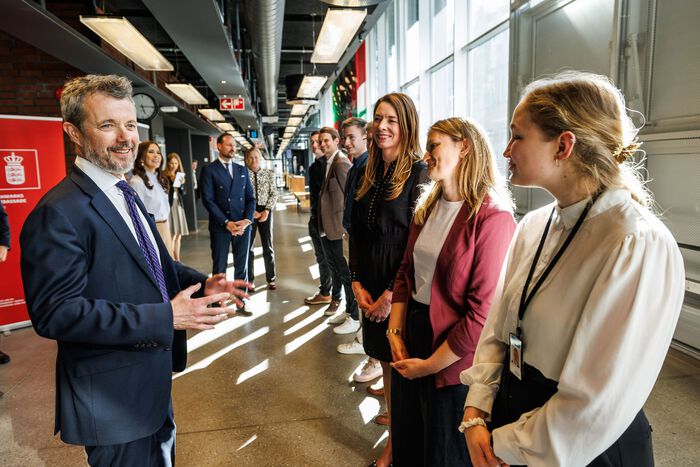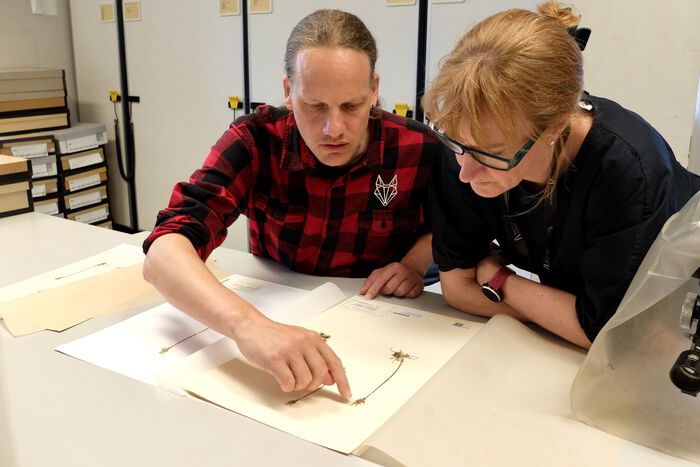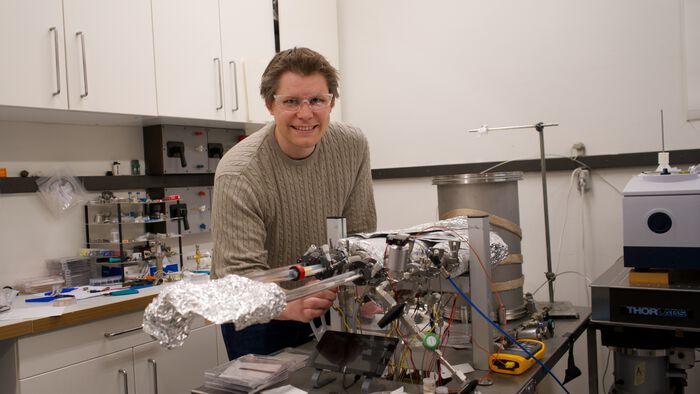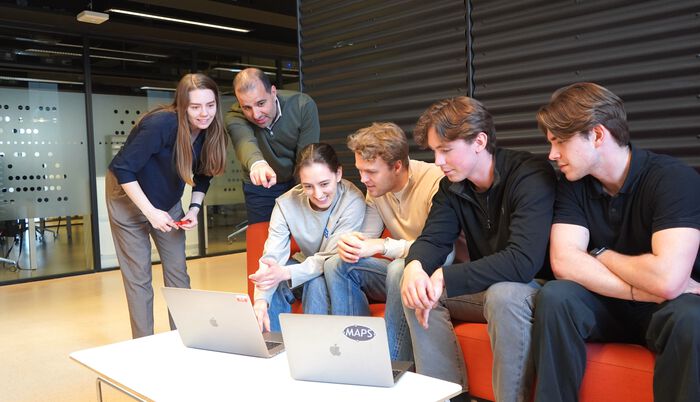14 December 2022
On Sunday afternoon, 11th of December, two colleagues come to pick us up from the field station. They have travelled for almost the whole day. Together we have a good dinner, which they brought for us. On Monday afternoon we were ready to travel back to Troll. Before leaving we clean the station, make inventory of all supplies, and then close all windows, chimney, gas stove. The station is ready for the next team of scientists.
Our stay at Tor has been very productive. I have collected several weeks of ionospheric data. Now the geomagnetic activity is increasing, and I hope that we have recorded effects of some magnetic storms. We will analyze them together with data from Troll, other Antarctic stations, and satellites. That will be exciting! Sebastien has deployed all his cameras, loggers, and together we have made a thorough monitoring of birds. After surveying the whole colony and doing some mathematics, we can estimate that there are 77 000 birds on eggs! The bird activity is increasing again, compared to the terrible last season, when there was almost no bird at Svarthamaren. However, there is no correlation between the geomagnetic and bird activity. It is only a coincidence that both are increasing.
We leave Tor and travel back to Troll. We are again traveling through the icy desert, with majestic mountains, this time they are on our right. Late in the evening we are back to civilization, or at least to what we consider a civilization from our perspective. There are about 30 persons at the station, and for us it feels like a small town.

However, this is not the end of the work awaiting us here, and we have only two days before the scheduled flight to Cape Town. I am rushing to the ionospheric observatory to copy the last set of data, schedule the instruments and finalize everything for the next season. I explain all the procedures to the research technician who will stay here for the whole year and will take good care of our instruments. Afterwards, I am surveying the site for the new radar that we will build here in the coming years. This will be the ionosonde, a radar probing the ionosphere, the upper part of the atmosphere which is partially ionized. I am measuring, planning, checking the sight, cables, placement of antennas and a new hut. The ionosonde will be a new, vital instrument in our observatory. It will allow for measuring profiles of the ionosphere and its structuring, and together with our existing instrumentation, we will be able to study in detail the space weather effects and their reasons over Dronning Maud Land.
The ionosonde will be built nearby main station buildings as a part of the Troll Observing Network, TONe, project. Next year we aim to send all components by ship and then transport them more than 250 km over ice to Troll, start preparing the ground for installation, and in the following years we will build the radar and start operating it. The work in Antarctica requires a lot of patience; construction and deployment of instruments is mostly restricted to the short summer season, which is between November and February, and later on just few persons stay at the whole continent. At Troll the overwintering team consists of only six persons!

Ionospheric observatory is only one of many work packages within TONe, and it is led by the University of Oslo. There are also other packages which focus on different sciences. They include neutral atmosphere, air composition, clouds, seismic activity, ice shelf studies, birds monitoring, or ocean currents and circulation. There will also be shared facilities, such as drones, data servers, mobile labs, or a lab on the supply vessel to Troll. All this will happen within five years as a part of the TONe infrastructure project funded by the Research Council of Norway and coordinated by the Norwegian Polar Institute. There are many partners within the consortium, including NPI, UiO, NILU, NORSAR, UiB, NORCE, to name a few. Some of them have already been at Troll this season for the detailed survey for their instrumentation, others will come later in the season. Sebastien was the first within the TONe consortium to deploy the instruments: the cameras for bird monitoring at Tor and Troll. They will collect data throughout the whole season and will be carefully analyzed. Maybe the machine learning techniques for image analysis will help to better understand the bird dynamics in the colonies? Ahead of us there are exciting times for the Antarctic science at Troll and its vast surroundings!

All is ready for the arrival of the plane. The Troll Airfield team has been working tirelessly for the last few weeks to keep the runway in good condition. They have to clean it from any stones, because even a tiny stone warms up in the sun and starts melting ice surrounding it, making holes in the runway. They need to remove snow, check if everything is good for landing. Having a runway on the ice, which is slowly drifting, is a great challenge. Another challenge is the weather. The plane can arrive one day earlier (it happened to me once) or later (it happened more often) depending on weather. This time the weather forecast is promising, and there might be only one day delay. There should be a good contrast for the pilot to land. They need to see the horizon, this is a must, and a good contrast means blue sky.
If everything goes as planned, we will board the plane, and after a short stop in Cape Town, we will fly to Oslo. Many people will stay at Troll to celebrate Christmas and New Year with a midnight sun, and the following scheduled flight would be in about one month, by the end of January. I hope that I will soon see many of you at Blindern and at our traditional Kringlefest!
Best regards,
Wojciech
